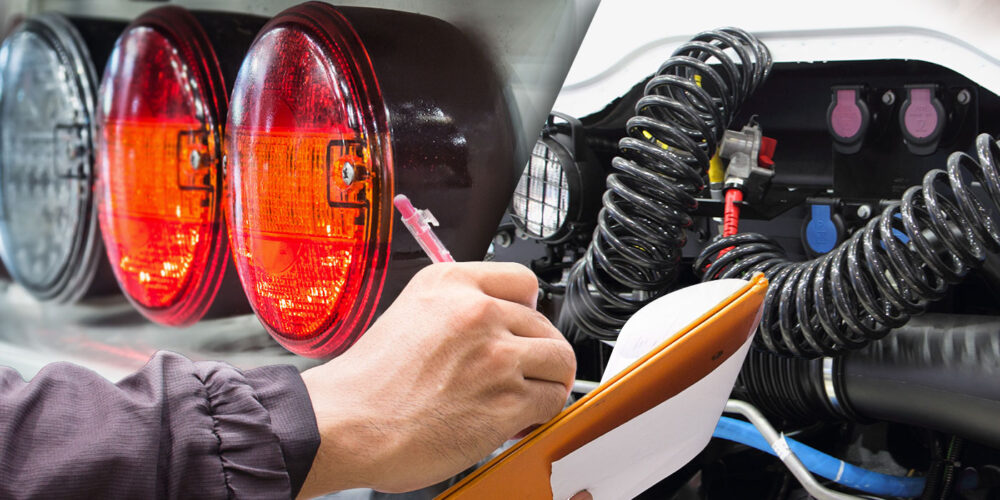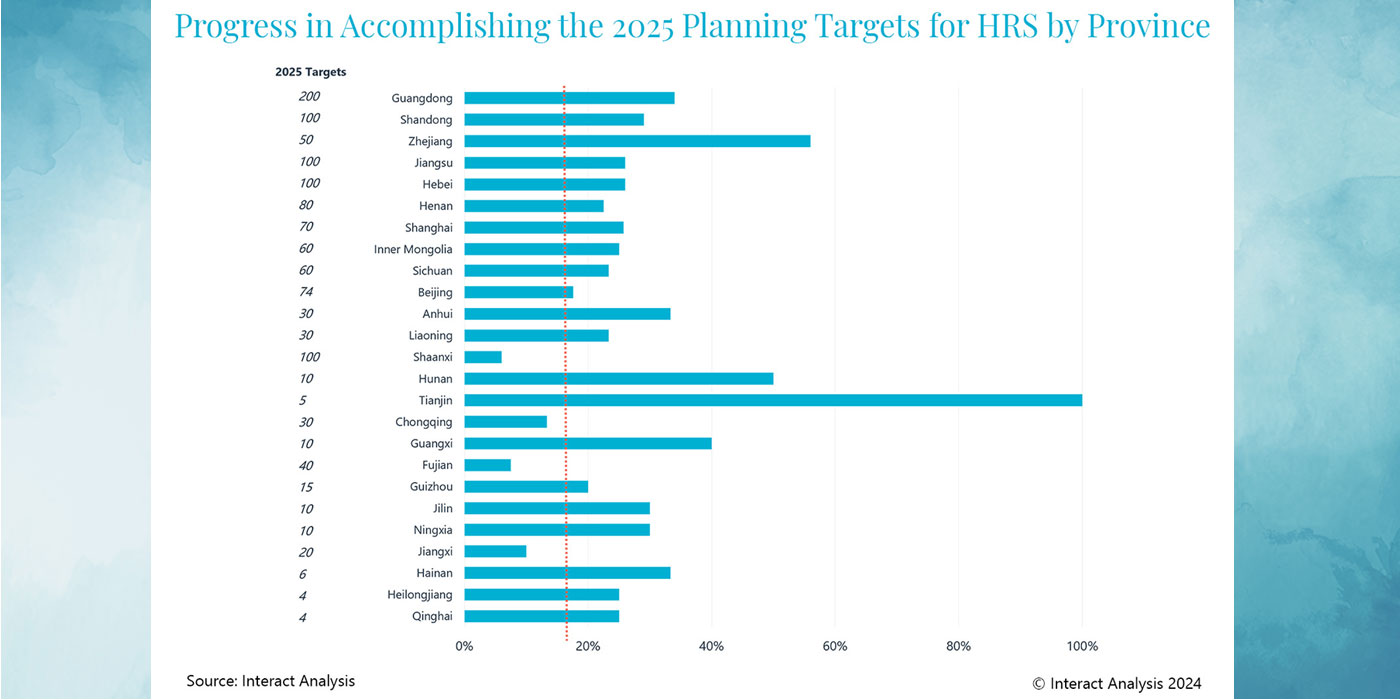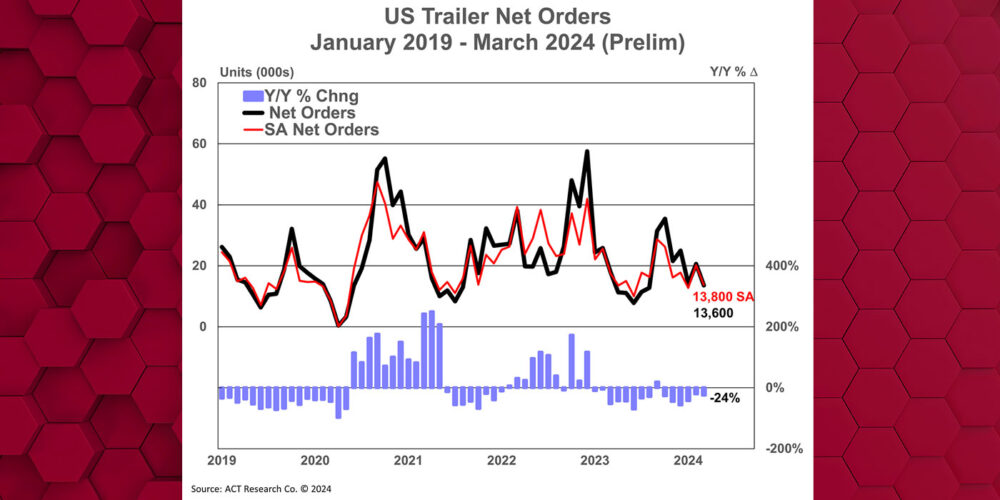Spring is the time most fleets plan significant maintenance duties for their trucks and trailers. In a vast portion of the U.S. and certainly, in Canada, the winter weather can play havoc on commercial vehicles, especially on their electrical systems. Vehicles have enormous demand to stay up and running as much as possible, especially in the coming summer months, so maximizing spring maintenance duties impacts the bottom line and customer satisfaction – there are no positives to unscheduled downtime.
During winter weather the electrical system is exposed to corrosion-causing moisture and de-icing chemicals. The seven-way connection is the most prone area to the onset of corrosion which can easily make its way through the connection and into the electrical system. When corrosion has gone beyond a surface removal fix, it is best to replace it with new components. But, as a short-term solution, electrical lines can be repaired for damage by cutting out the corrosion and any affected portion of the wiring.
Choosing this route, there are some basic rules to follow to ensure that repairs are completed correctly and safely to restore electrical integrity to connections:
- Remove corrosion in the wiring by cutting back past the corroded area. Clean terminals and connections, adding anti-corrosive di-electric grease to ensure a clean and corrosion-free connection.
- Make complete contact. When replacing a terminal or splicing wires together, the only way to create a solid electrical connection is to ensure that the wires make full contact. When splicing wires, use quality heat shrink terminals for mechanical reliability that seal a connection and prevent wire pull-out and corrosion. Phillips’ line of Sta-Dry Clear-Vu Crimp and Seal wire terminals provides visual wire insertion for proper seating.
- Use heat shrink tubing around repairs to create a corrosion-resistant barrier between cable/wiring and the elements, making corrosion work harder to get in.
- Clear-Vu battery cable used in the liftgate system provides visibility of corrosion. Traditional jacketing hides corrosion making it harder to locate and diagnose potential problems within the charging system.
- Make sure that all connections are tight. Correctly crimping or securing terminals to their posts on the vehicle is critical to maintaining a solid electrical connection.
When maintenance and repair are not enough, replacing cables and connections is the most surefire way to guarantee they are corrosion-free.
Leaving corroded metal plugs and sockets installed increases the likelihood of corrosion migrating throughout the electrical system. Phillips Industries recommends weather-proof plugs and sockets with non-corrosive nylon and molded housings which help prevent corrosion from entering the electrical system. The over-molding process creates a seal at the back of the connector, making it impossible for moisture and debris to enter the back of the connection. Nylon composite and rubberized materials are just as, or even more, durable than metal connections, with the added benefit of non-corrosive attributes.
Ideally, adopting weather-proof over-molded connections will ensure that this spring’s maintenance work on the electrical system will have long-term payback by reducing any unscheduled downtime during the busiest seasons and reducing future preventive maintenance hours. The bottom line—stay on top of your maintenance processes, and do it right the first time, and you’ll keep your customers, drivers, and maintenance teams happy.














